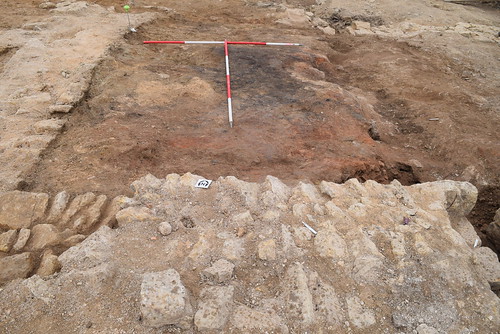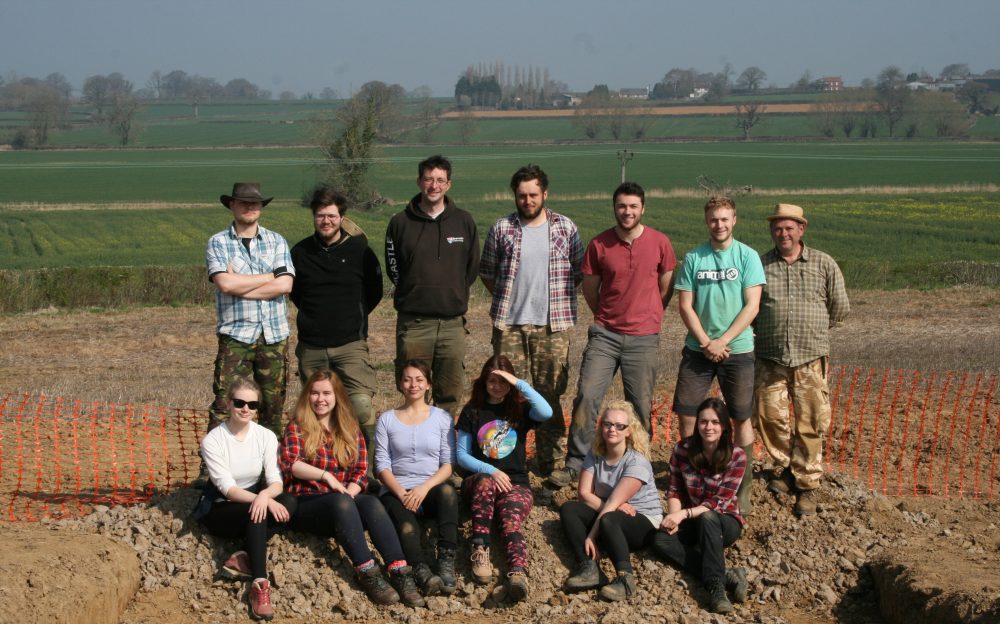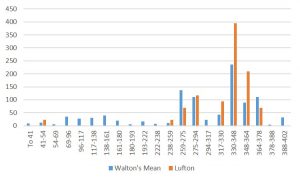When Hayward and his team dug the villa in the 1940s and 1960s archaeological science was in its infancy. Today we have a whole array of scientific techniques that can be used to shed new light on the villa and its inhabitants.

Above: Hayward’s excavations
The starting point was taking all of our samples over to local archaeological firm GeoFlo. GeoFlo are specialists in wet sieving archaeological soil samples. Over the next few weeks Nigel and Liz will run wet sieve all of our samples – burnt seeds and the like will float (known as the ‘flot‘) and these will be sent to various specialists for analysis. Shells of molluscs and other tiny fragments of fish bone and the like will be caught in sieves with tiny meshes. These tiny fragments will also need to be sent to various archaeological scientists.
Lufton is a long way from the coast and one of the things that we’re quite interested in is determining where all the oysters came from. There are tow logical options: the Dorset coast or the Bristol Channel. Ancient oyster specialist Dr Jessica Winder will look at our oysters and we hope that she’ll be able to shed light on this element of our villa’s inhabitants.

Above: Oyster shells on the tessellated pavement – a late Roman snack?
Finally, we took a soil micromorphology sample from the burnt deposits that Hayley and Co. excavated. This sample, in a kubiena tin, is going to Cambridge University to be prepared and thin sectioned. Newcastle’s Dr Lisa-Marie Shillito will then undertake the analysis of this sample and hopefully tell us how these deposits accumulated.

Above: Burnt deposits in Room 1




